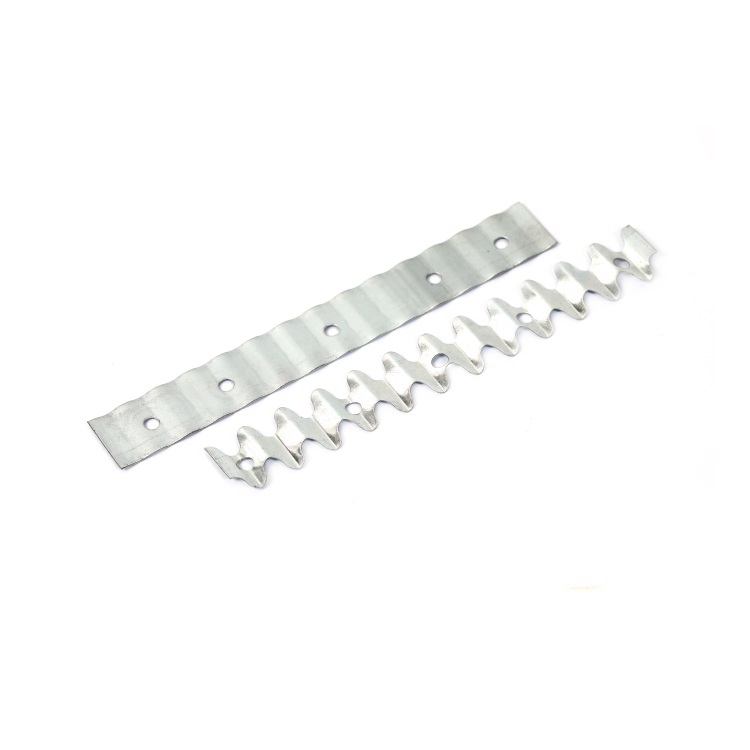Understanding Bolt Anchors and Their Applications in Construction and Engineering
Understanding Bolt Anchors Types, Applications, and Best Practices
Bolt anchors are critical components in construction and engineering, providing secure fastening solutions for various applications, from heavy machinery to residential structures. This article will explore the types of bolt anchors, their applications, and best practices for installation.
What is a Bolt Anchor?
A bolt anchor is a type of fastener used to attach objects or structures to concrete or masonry. It generally consists of a bolt, which is inserted into a pre-drilled hole, and an anchor that expands or locks into the substrate material, providing a secure hold. Bolt anchors are favored for their strength and reliability, making them essential in both commercial and residential projects.
Types of Bolt Anchors
There are several types of bolt anchors, each designed for specific applications and materials
1. Expansion Anchors These anchors expand when a bolt is tightened, providing a tight grip in the base material. They are commonly used for attaching heavy objects to concrete and masonry walls.
2. Wedge Anchors A subtype of expansion anchor, wedge anchors are designed with a tapered end. When the bolt is tightened, the tapered end forces the anchor to expand against the wall of the hole, creating a strong hold. They are typically used in heavy-duty applications like securing machinery or structural components.
3. Sleeve Anchors Sleeve anchors feature a hollow sleeve that expands when the bolt is tightened. Like wedge anchors, they are ideal for use in concrete and masonry. Sleeve anchors work well in applications where the load will not be subjected to lateral movement.
4. Lag Shields These anchors are used with lag screws and are designed to expand in softer materials like brick or concrete block. When the lag screw is tightened, the shield expands, anchoring it firmly to the wall.
5. Chemical Anchors These innovative anchors use a resin or epoxy to bond the bolt to the substrate. They are particularly useful in situations where standard mechanical anchors would not provide enough strength, such as in cracked concrete.
Applications of Bolt Anchors
Bolt anchors have diverse applications across various industries. Some common uses include
bolt anchor

- Construction Bolt anchors secure structural components, like columns and beams, to foundations or walls. They ensure stability and integrity in building designs. - HVAC Systems In heating, ventilation, and air conditioning installations, bolt anchors hold components securely in place, preventing movement and vibration.
- Road Infrastructure Bolt anchors are used in road signs, guardrails, and other infrastructure components, providing safety and durability.
- Signage and Fixtures Bolt anchors are often used in mounting heavy signs, shelves, and fixtures in both indoor and outdoor environments.
Best Practices for Installation
To ensure optimal performance and safety when using bolt anchors, adhering to best practices during installation is crucial
1. Select the Right Anchor Choose the appropriate type of anchor based on the load requirements, substrate material, and environmental conditions.
2. Pre-Drill Holes Use the manufacturer’s specifications to drill correct-sized holes, ensuring a snug fit for the anchor.
3. Clean the Holes Remove any dust or debris from the holes before inserting the anchors to enhance adhesion and grip.
4. Follow Torque Specifications Be sure to tighten the bolt to the recommended torque specifications to avoid damaging the anchor or the substrate.
5. Inspect Regularly Periodically inspect installed anchors to ensure they remain secure, especially in applications subject to heavy loads or dynamic forces.
Conclusion
Bolt anchors play an indispensable role in modern construction and engineering. Understanding their types, applications, and installation methods is essential for any project that demands reliable fastening solutions. By following best practices, professionals can ensure the safety and longevity of structures, ultimately contributing to the success of construction endeavors.
-
Transform Your Outdoor Spaces with High-Quality Gabions
NewsJul.23,2025
-
The Power and Versatility of Wire Mesh for Your Projects
NewsJul.23,2025
-
The Complete Guide to Annealed Wire
NewsJul.23,2025
-
Pallet Nails--The Essential Fastener for Pallet Construction
NewsJul.23,2025
-
Anchor Bolt Analysis: A Key Component to Ensure Building Stability
NewsJul.23,2025
-
Enhance Your Property Security with Quality Barbed Wire
NewsJul.23,2025














